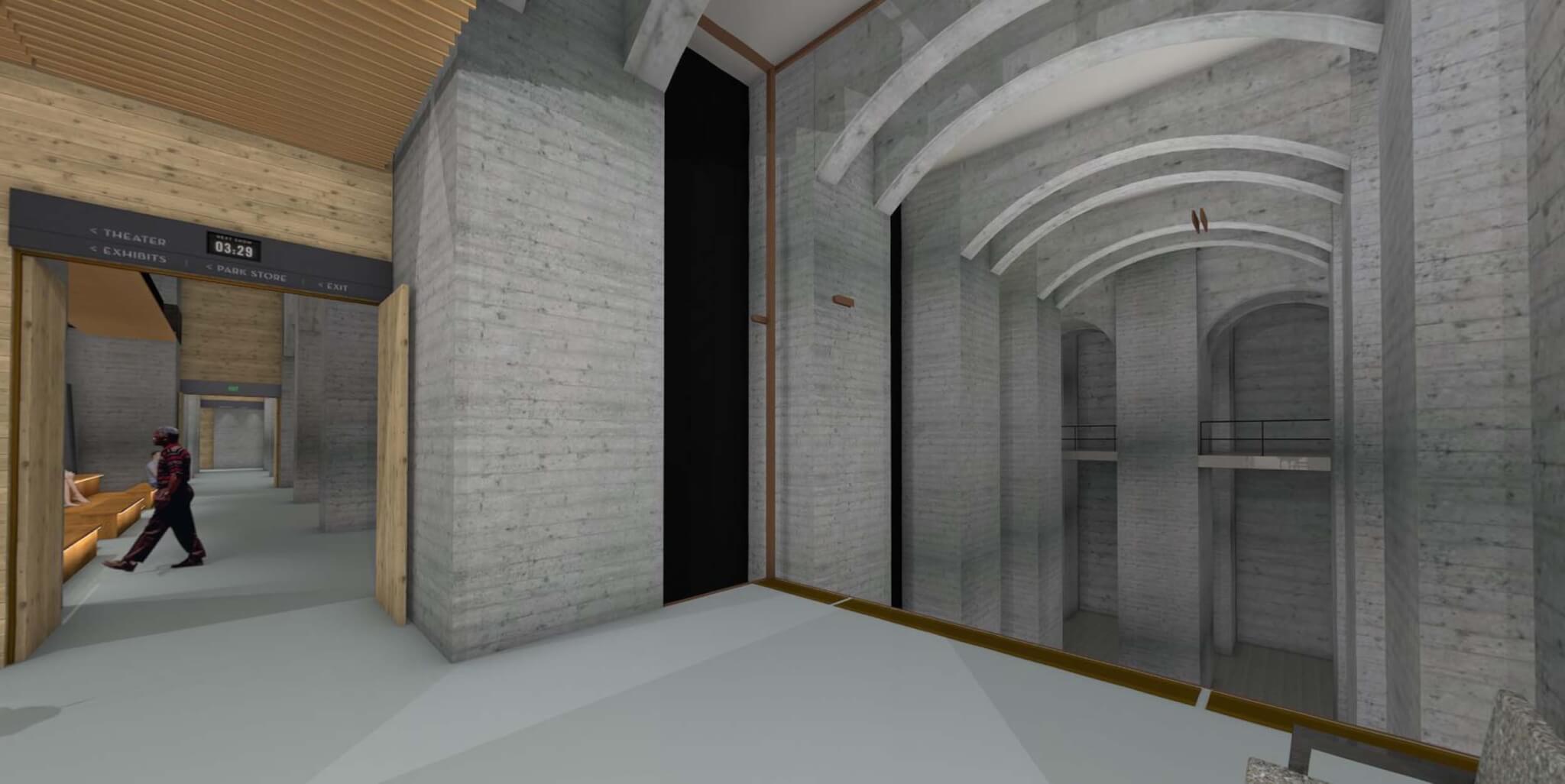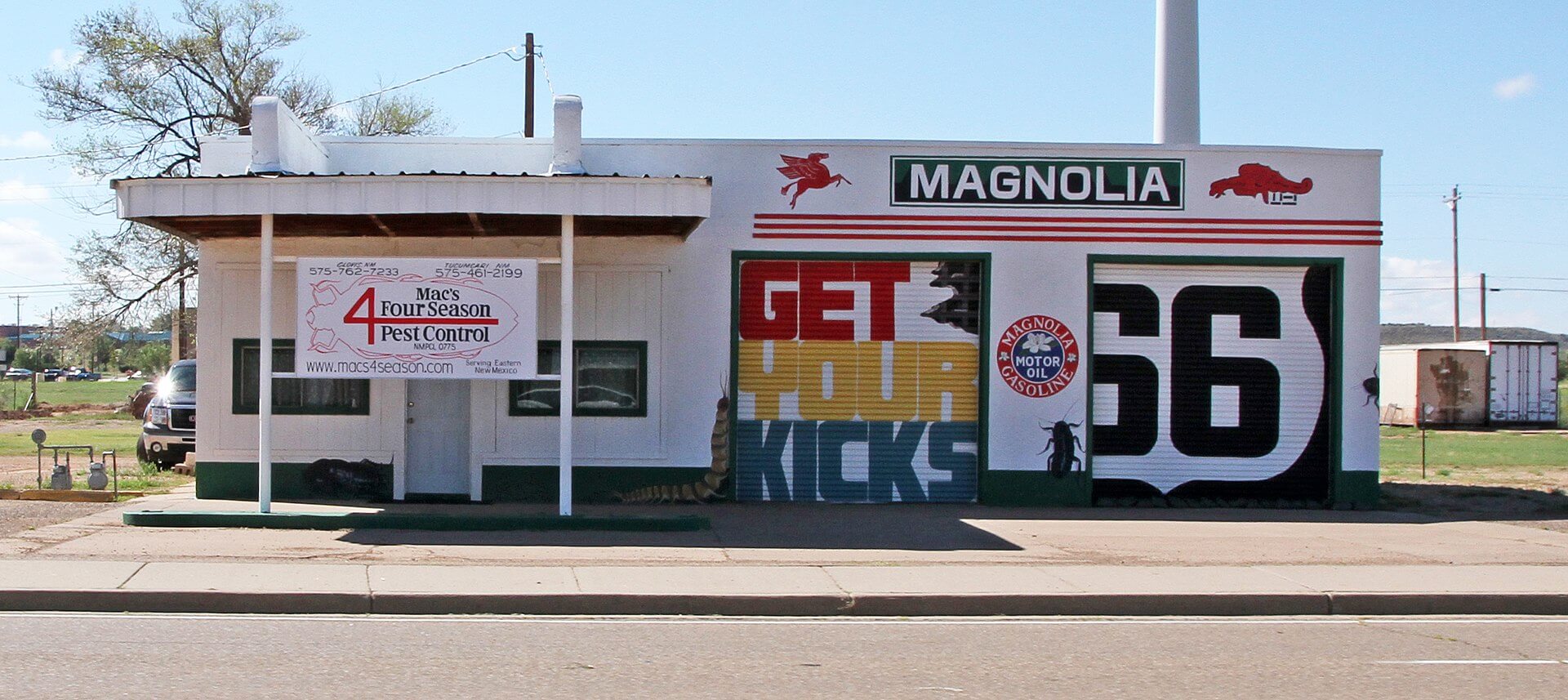It’s odd when the symbol of a building becomes more important than the structure itself. That’s certainly the case with the newly completed President’s House in Independence National Historic Park in Philadelphia. George Washington and John Adams lived there when the city was still the nation’s capitol. Unlike Independence Hall, The President’s House didn’t garner importance over time. Actually, there wasn’t a physical structure left, just ruins hidden below ground a few feet from the entrance to Liberty Bell Center and discovered in 2002.
Initially, the National Park Service did have plans to commemorate the site. Then scholars, including UCLA-based historian Gary Nash, pointed out the significance of the fact that Washington kept seven slaves so close to the nation’s sacred symbol of liberty. Consistent reporting by The Philadelphia Inquirer’s chief culture writer Stephan Salisbury kept a harsh spotlight focused on the debate over the years. On Wednesday of last week, the memorial with the ungainly name, The President’s House: Freedom and Slavery in the Making of a New Nation, opened to the public.
The Kelly/Maiello-designed memorial received tepid reviews from The Inquirer’s Inga Saffron and the New York Times’ Eduard Rothstein. Criticism honed in on the too many cooks in the kitchen aspect of the design, which left the memorial lacking clarity and depth.
Over the past few years, an overhaul of Independence Mall attempted to provide a museum without walls aspect to the park and the new President’s House does its part by remaining open to the elements. Access to the site is 24-7. A series of red brick monoliths punctuate the small area and inferred walls define the perimeter. White marble strips in the slate floor suggest interior walls, as do low redbrick walls that double as benches. The monoliths represent chimneys, which on entering house become a series of hearths, complete with a digital “paintings” hung above marble mantles. The monitors are supposed to feature videos with slave narratives, but they function sporadically.
At the facade of the building facing Market Street three white window frames and an entrance portico float free of the structure. Near the middle of the site a glass cube, like a miniature Apple store, rests above the ruins. Here visitors can gaze down onto the remnants. It’s hard not to be reminded of Venturi Scott Brown’s ghost outline of Ben Franklin’s house in Franklin Court just down the street, which also provides glimpses of ruins below. Venturi Scott Brown’s quiet monument has none of the gizmos and not nearly as much of the controversy (though it does entertain some) and leaves interpretations up to the visitor.










